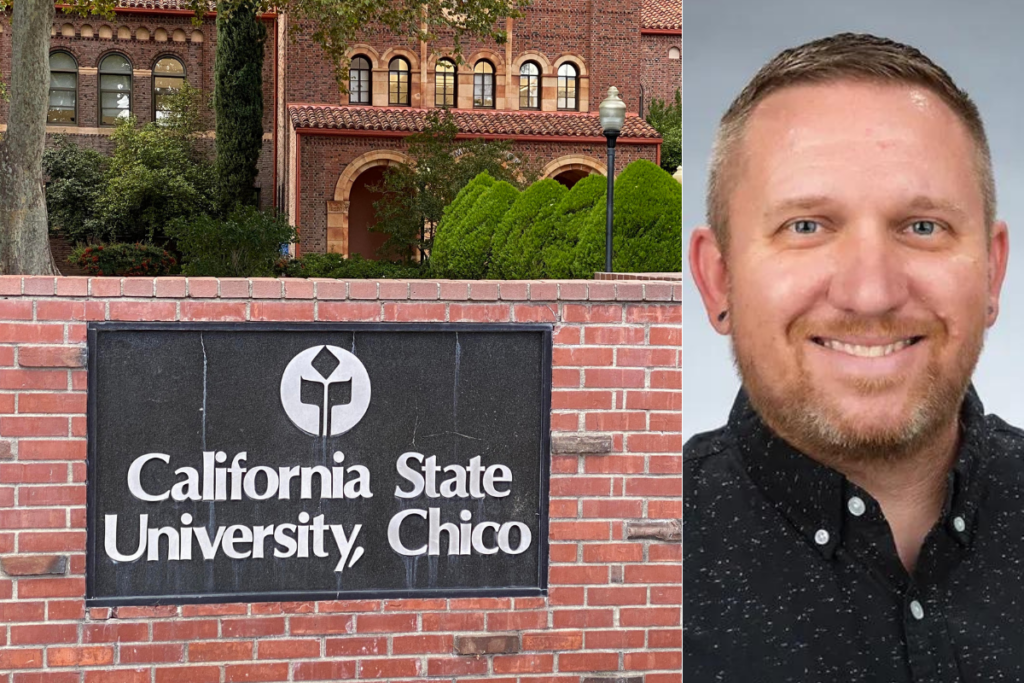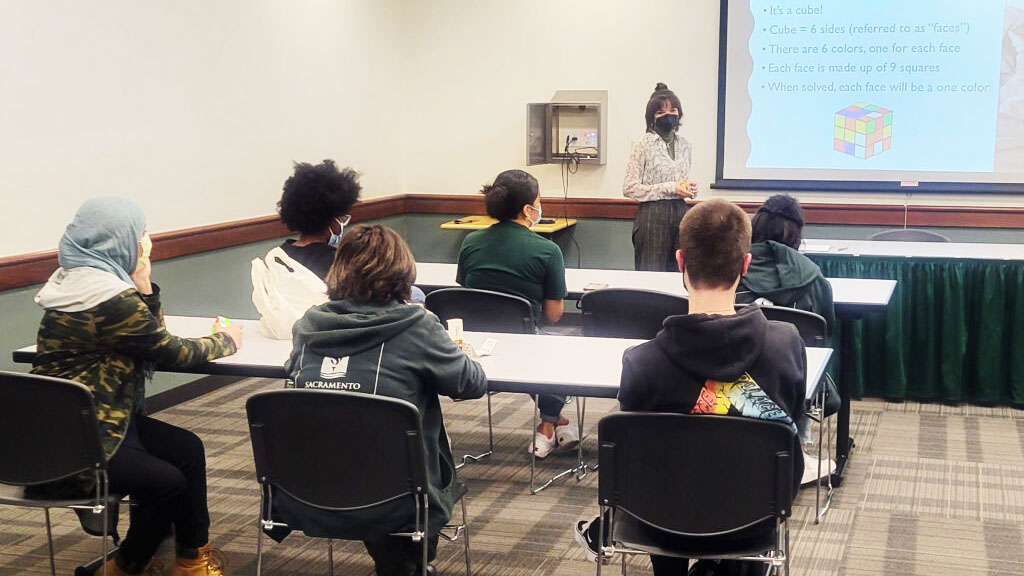Journalist Steve Monacelli reviews the consistent failure of Texas politicians to pay for an early flood warning system. Texas has a huge budget and a huge surplus, but public safety was not a priority for the legislature or the Governor Greg Abbott or the Lieutenant Governor Dan Patrick. They were willing to cut taxes and pour $1 BILLION into school vouchers, but unwilling to fund a flood warning system. Such a system was considered unnecessary and “too expensive,” although it would have saved lives.
Monacelli wrote in Barbed Wire, reposted at MSNBC:
Extreme weather events aren’t a new phenomenon in Texas. According to data from the National Centers for Environmental Information, Texas ranks first in the United States for deaths from natural disasters. The frequency of costly and deadly weather events has steadily increased since the 1980s, when an average of 1.4 disasters totaled a billion dollars in damage or more per year, to a peak of 20 events in 2024. But in recent years, even with the increasing threat of natural disasters, Texas lawmakers and officials have been largely asleep at the wheel — unable or unwilling to take better precautions that, in hindsight, seem both necessary and painfully obvious.
This most recent disaster — a catastrophic flash flood in Texas Hill Country that has taken the lives of at least 100 people, including at least 27 campers and counselors at Camp Mystic — began to escalate in the early hours of Friday while most were still sleeping.
Texas lawmakers and officials have been largely asleep at the wheel.
Over the prior two days, the National Weather Service had issued a series of emergency weather alerts. So had the Texas Division of Emergency Management. On Wednesday, the Division of Emergency Management activated emergency response resources across 10 state agencies because of increased threats of flooding in West and Central Texas ahead of the holiday weekend, and it escalated those resources Thursday.
Flood watches distributed out of the Austin-San Antonio regional National Weather Service office Wednesday named several counties, including Kerr, and a list of specific towns, including Hunt, where Camp Mystic is located. Flooding was anticipated, but per most local officials, not to the degree that ultimately occurred. Texas Emergency Management Chief Nim Kidd said at a news conference that the forecast from the National Weather Service “did not predict the amount of rain that we saw.”
It wasn’t until 4:03 a.m. on Independence Day that the National Weather Service sent out an emergency alert urging residents to find higher ground and a series of subsequent and increasingly alarmed alerts from 5 a.m. to 7 a.m.
But, according to a CBS News analysis, Kerr County didn’t initiate any messages through its Integrated Public Alert Warning System used to send emergency text messages from local government agencies.
As a result, many swept up in the floods were caught by surprise — particularly in Kerr County, which doesn’t have an emergency warning siren system, despite the topic being a subject of local government discussion for some time.
Nearly a decade ago, the county had considered a system of sirens, but that wasn’t pursued because of the high expense required and a rejected 2018 application for a $1 million grant from the Upper Guadalupe River Authority, which offered to cover only 5% of the estimated cost. As recently as 2023, the county commissioners’ court was still discussing grant options, according to meeting minutes. Lacking support from the state or a regional agency, Kerr County, with a budget in the tens of millions, decided it couldn’t afford it.
Kerr County Judge Rob Kelly, the county’s top elected official, told The New York Times in a recent interview, “Taxpayers won’t pay for it.”
A review of the extant reporting on the disaster and the unfolding recovery effort reveals a series of failures at the local and state levels.
Local officials not only failed to put in place emergency warning systems in an area known for sudden and potentially deadly floods, but they also appeared blindsided and unprepared to address tough questions. Kelly told reporters at a news conference Friday that officials had no idea the flood was coming, even though the area has a long history of deadly floods.
“We have floods all the time,” Kelly said. “This is the most dangerous river valley in the United States, and we deal with floods on a regular basis. When it rains, we get water. We had no reason to believe that this was going to be anything like what’s happened here. None whatsoever.”
Camp Mystic, the site of many of the confirmed deaths, was one of several summer camps in the Kerr County area that weren’t evacuated Friday. Camp Mystic restricts the use of cell phones, which prevented counselors and campers from receiving National Weather Alerts and likely hampered responses to the rising waters in an area lacking evacuation sirens. Asked why they weren’t evacuated at a news conference, Kelly said: “I can’t answer that. I don’t know.”
A review of the extant reporting on the disaster and the unfolding recovery effort reveals a series of failures at the local and state levels.
At the state level, a similar failure to prepare for the worst occurred during the last Texas legislative session. A bill aimed to establish a statewide council to create a statewide emergency response plan and administer grants for things like improved emergency alert systems died in the Senate, with detractors pointing to the $500 million price tag as one reason to oppose it.
“This shouldn’t be about anything other than the fact that it’s a half a billion dollars,” state Rep. Tony Tinderholt said during floor debate in April.
The shortsightedness of this viewpoint can’t be understated, given the high price tag of disasters and of lost lives and the Legislature’s comparative willingness to prioritize other spending, like $2 billion for film industry incentives. (Though Tinderholt, for his part, voted against that, too.)
The disaster has served as a wakeup call for at least one state lawmaker, Republican Rep. Wes Virdell, who represents Kerr County and voted against the aforementioned disaster preparedness bill.
“I can tell you in hindsight, watching what it takes to deal with a disaster like this, my vote would probably be different now,” Virdell told The Texas Tribune.
Lt. Gov. Dan Patrick, who didn’t make the emergency preparedness bill one of his key legislative priorities in his capacity as the president of the Texas Senate, said in an interview on Fox News that if local governments couldn’t afford it, “then the state will step up.” And Sen. Ted Cruz told CBS News he wants to use the tragedy to drive a conversation about how to “make sure warnings of a weather event” reach people more quickly and be “proactive to get people out of the way.”
But for all this talk about proactive efforts, the facts are clear. Texas lawmakers didn’t fund emergency response systems that potentially could have saved lives, and then 27 girls and their counselors died at a summer camp. In a state with an annual budget of over $338 billion, that is a choice.
Question: who was awake at 4 am to get the emergency evacuation order? How many had cell phones to get it?














